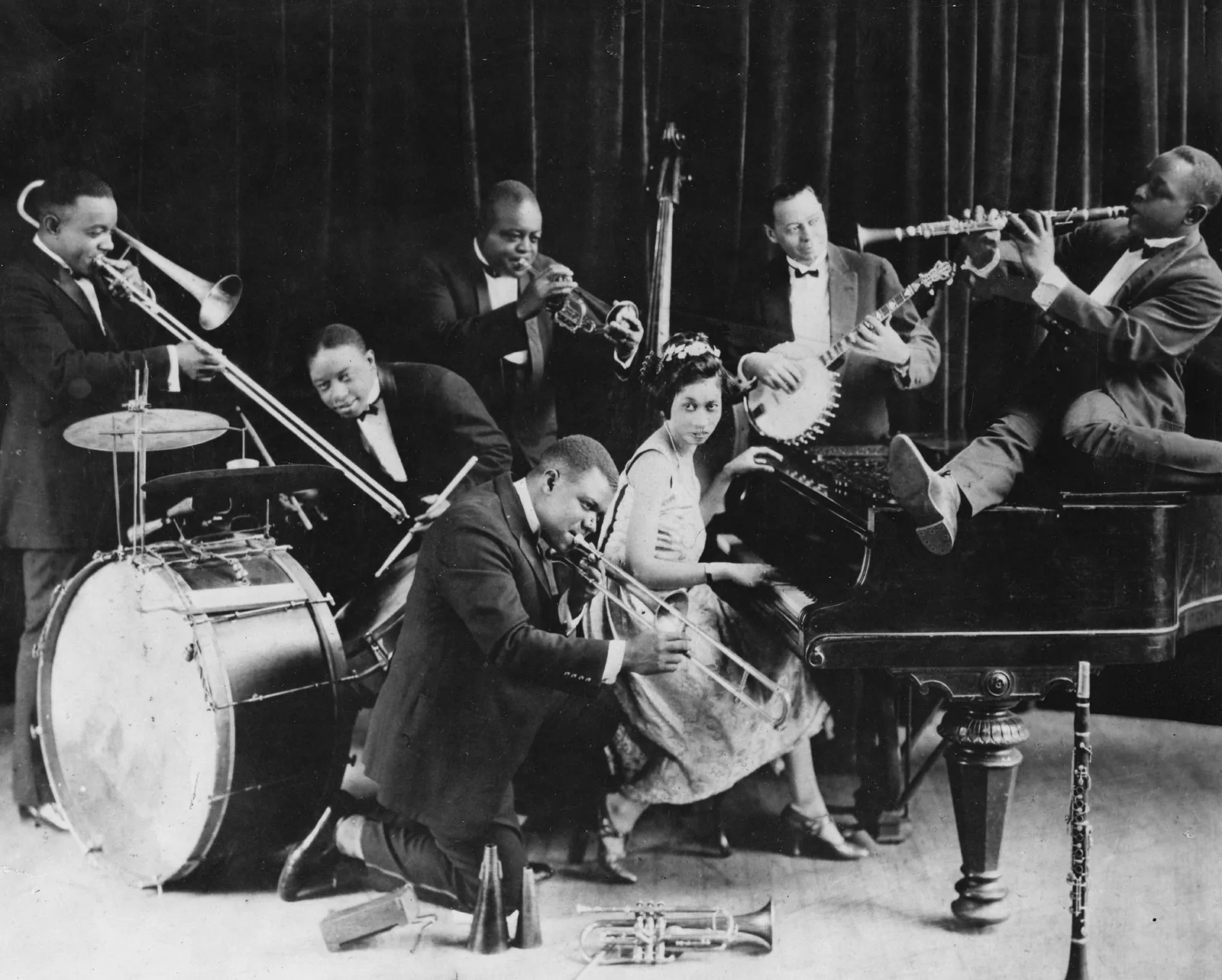The first decade of the 20th century, spanning from 1900 to 1909, was a transformative period in music history. This era witnessed the emergence of new genres, technological advancements, and significant cultural shifts that laid the groundwork for modern music.
Ragtime’s Rise
Ragtime became a defining genre of the early 1900s. Characterized by its syncopated rhythms and lively melodies, it gained immense popularity through sheet music sales and live performances. Scott Joplin, often dubbed the “King of Ragtime,” released some of his most iconic compositions during this period, including “The Entertainer” in 1902. This piece, among others, solidified ragtime’s place in American music culture.
Tin Pan Alley’s Influence
New York City’s Tin Pan Alley emerged as the epicenter of the music publishing industry. Between 1900 and 1909, nearly a hundred songs from this district sold over a million copies of sheet music. Composers and lyricists churned out songs that became household staples, contributing to the era’s vibrant musical landscape.
The Birth of Blues and Early Jazz
The early 1900s saw the foundational development of blues and jazz. In 1903, pianist and composer Eubie Blake published his first piano rags, contributing to the burgeoning jazz scene. Around the same time, cornetist Buddy Bolden began fusing elements of blues and ragtime in New Orleans, laying the groundwork for what would evolve into jazz music.
Classical Compositions and Premieres
The decade was also significant for classical music. In 1901, Claude Debussy’s “Trois Nocturnes” received its first complete performance in Paris, showcasing his impressionistic style. Gustav Mahler premiered his Symphony No. 5 in 1904, further cementing his reputation as a leading composer of the time. Additionally, Sergei Rachmaninoff’s Piano Concerto No. 2 had its complete debut in 1901, becoming one of his most celebrated works.
Wikipedia, the free encyclopedia
Technological Advancements and Recorded Music
The early 20th century witnessed significant technological advancements that impacted music consumption. The proliferation of phonographs made recorded music more accessible to the public, allowing people to enjoy performances in their homes. This shift not only changed listening habits but also paved the way for the future music industry.
Notable Songs of the Decade
Several songs from this era have endured over time. “In the Good Old Summertime” by George Evans (1902) and “In My Merry Oldsmobile” by Gus Edwards (1905) became popular tunes, reflecting the musical tastes of the period.
In summary, the years 1900 to 1909 were marked by innovation and evolution in music. The fusion of different musical styles, the rise of influential genres, and technological progress collectively set the stage for the dynamic musical developments of the 20th century.


Leave a Reply